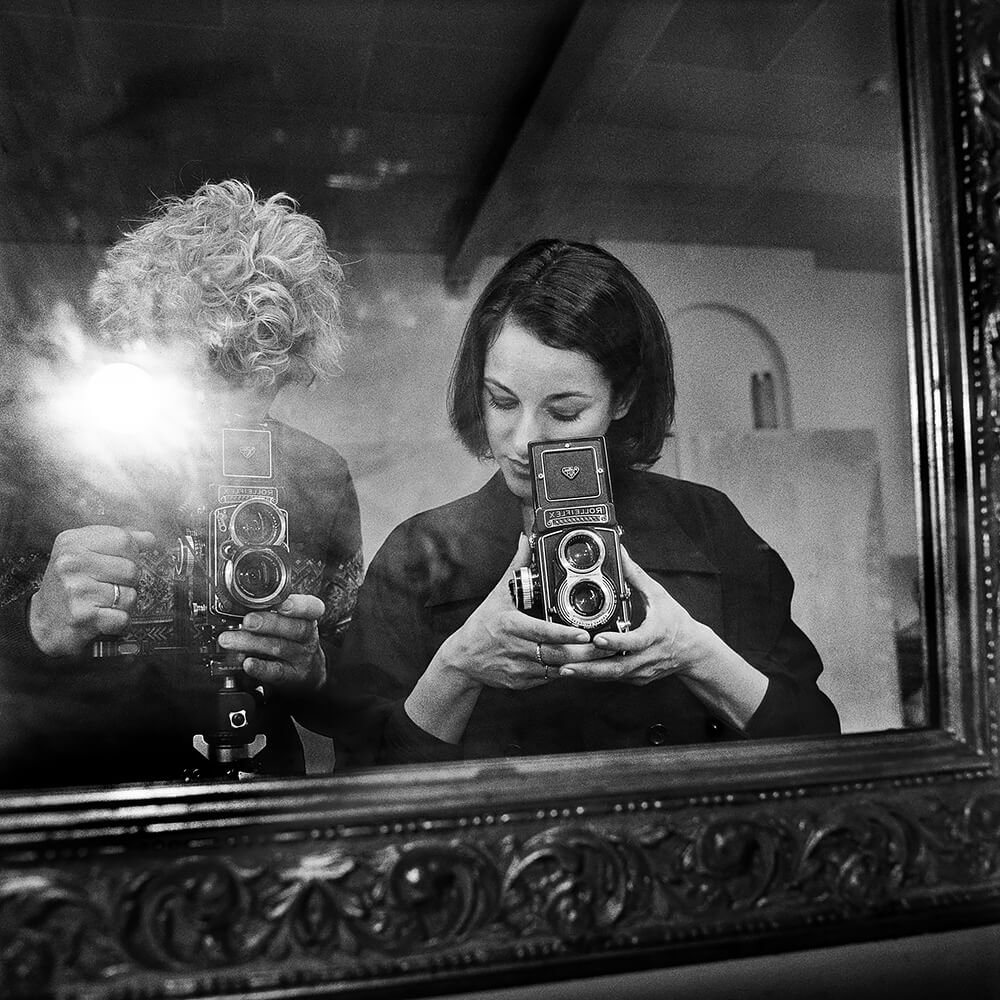''El Duende'' is a word used by the Spanish people to describe it is what moves you, what drives you. It comes from inside you. El duende is a bodily reaction to art or artistic perfomance such as Flamenco. It comes from the soles of the feet and flows free throughout the body till the top of your head. El duende is the spirit of evocation. An emotional and physical reaction. It can make you smile or cry or both. This mysterious power which everyone can sense and no philosopher can explain is in sum the spirith of the earth. It touches you in such a magical way that you are moved instantly.
Nanda Hagenaars was born in the Netherlands in 1988 and is currently living in Amsterdam. She studied International Business and Languages in Sevilla. This is where she felt the spirit of el Duende in such a strong way that this place instantly became like a harbour for her.
Back in the Netherlands, Nanda started working in the advertising industry and after nearly 4 years left her office job and crashed fully into photography and art. After studying languages, she discovered a new kind of language; through photography.
Between 2007 and 2017, Nanda traveled frequently back to south Spain where she somehow always felt touched by culture and the simple vibe of the magnificent gypsy city. In 2016, Nanda made her first documentary photography project in Sevilla, where she won a price for New Dutch Photo talent 2017.
Nanda’s captivating black and white style blends poetry and intuition, delving into the eternal essence of life. Through her lens, Nanda captures stories and forges a profound connection with the portrayed. At times, she surrenders to the unknown, creating intuïtively and spontaneously. Through her art she aims to touch others, offering solace and unity through shared emotions.
So.. to Nanda, photography is a way to translate, meditate, and communicate.
A universal language.
AAP Magazine
Magazine #31 Portrait
Article
Exclusive Interview